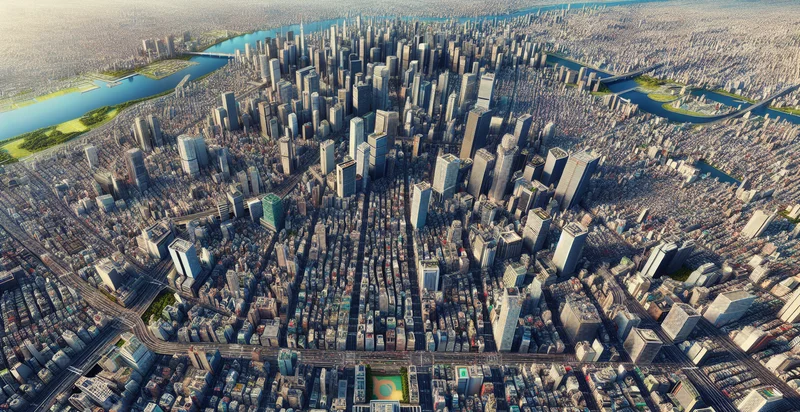Identify city size
using AI
Below is a free classifier to identify city size. Just input your text, and our AI will predict what category of city size it belongs to - in just seconds.

Contact us for API access
Or, use Nyckel to build highly-accurate custom classifiers in just minutes. No PhD required.
Get started
import nyckel
credentials = nyckel.Credentials("YOUR_CLIENT_ID", "YOUR_CLIENT_SECRET")
nyckel.invoke("city-size", "your_text_here", credentials)
fetch('https://www.nyckel.com/v1/functions/city-size/invoke', {
method: 'POST',
headers: {
'Authorization': 'Bearer ' + 'YOUR_BEARER_TOKEN',
'Content-Type': 'application/json',
},
body: JSON.stringify(
{"data": "your_text_here"}
)
})
.then(response => response.json())
.then(data => console.log(data));
curl -X POST \
-H "Content-Type: application/json" \
-H "Authorization: Bearer YOUR_BEARER_TOKEN" \
-d '{"data": "your_text_here"}' \
https://www.nyckel.com/v1/functions/city-size/invoke
How this classifier works
To start, input the text that you'd like analyzed. Our AI tool will then predict what category of city size it belongs to.
This pretrained text model uses a Nyckel-created dataset and has 8 labels, including Gigantic, Large, Medium, Moderate, Small, Tiny, Very Large and Very Small.
We'll also show a confidence score (the higher the number, the more confident the AI model is around what category of city size it belongs to).
Whether you're just curious or building city size detection into your application, we hope our classifier proves helpful.
Related Classifiers
Need to identify city size at scale?
Get API or Zapier access to this classifier for free. It's perfect for:
- Urban vs. Rural Marketing: Businesses can utilize the city size identifier to tailor their marketing strategies for urban and rural populations. By categorizing customers based on city size, companies can design targeted campaigns that resonate with the specific interests, needs, and purchasing behaviors of those demographic segments.
- Supply Chain Optimization: Retailers can leverage city size data to optimize their supply chain and inventory management. By understanding the market potential and demand variability in different sized cities, businesses can adjust their logistics, stock levels, and distribution strategies accordingly.
- Product Development Focus: Companies can use city size information to guide their product development efforts. Understanding the characteristics and preferences of consumers in various sized cities allows businesses to create products that cater specifically to the needs of urban or rural residents.
- Real Estate Investment Decisions: Investors can utilize the city size identifier to inform real estate investment strategies. By analyzing growth trends and economic indicators specific to urban versus rural areas, investors can make informed decisions on where to allocate resources for maximum return.
- Location-Based Services: Mobile app developers can employ city size data to enhance their services for users. For instance, apps can offer location-specific features or listings based on whether the user resides in a large city or a smaller town to improve user engagement and satisfaction.
- Human Resources Management: Organizations can utilize city size information to develop tailored employee recruitment and retention strategies. Understanding the urban-rural divide can help HR departments create more appealing job offers and benefits packages that suit the lifestyle preferences of employees in different regions.
- Community Engagement Initiatives: Non-profits and community organizations can use city size identifiers to better tailor their outreach and engagement efforts. By focusing on the unique challenges and needs of communities based on their size, these organizations can create more effective programs and initiatives that resonate with local residents.


